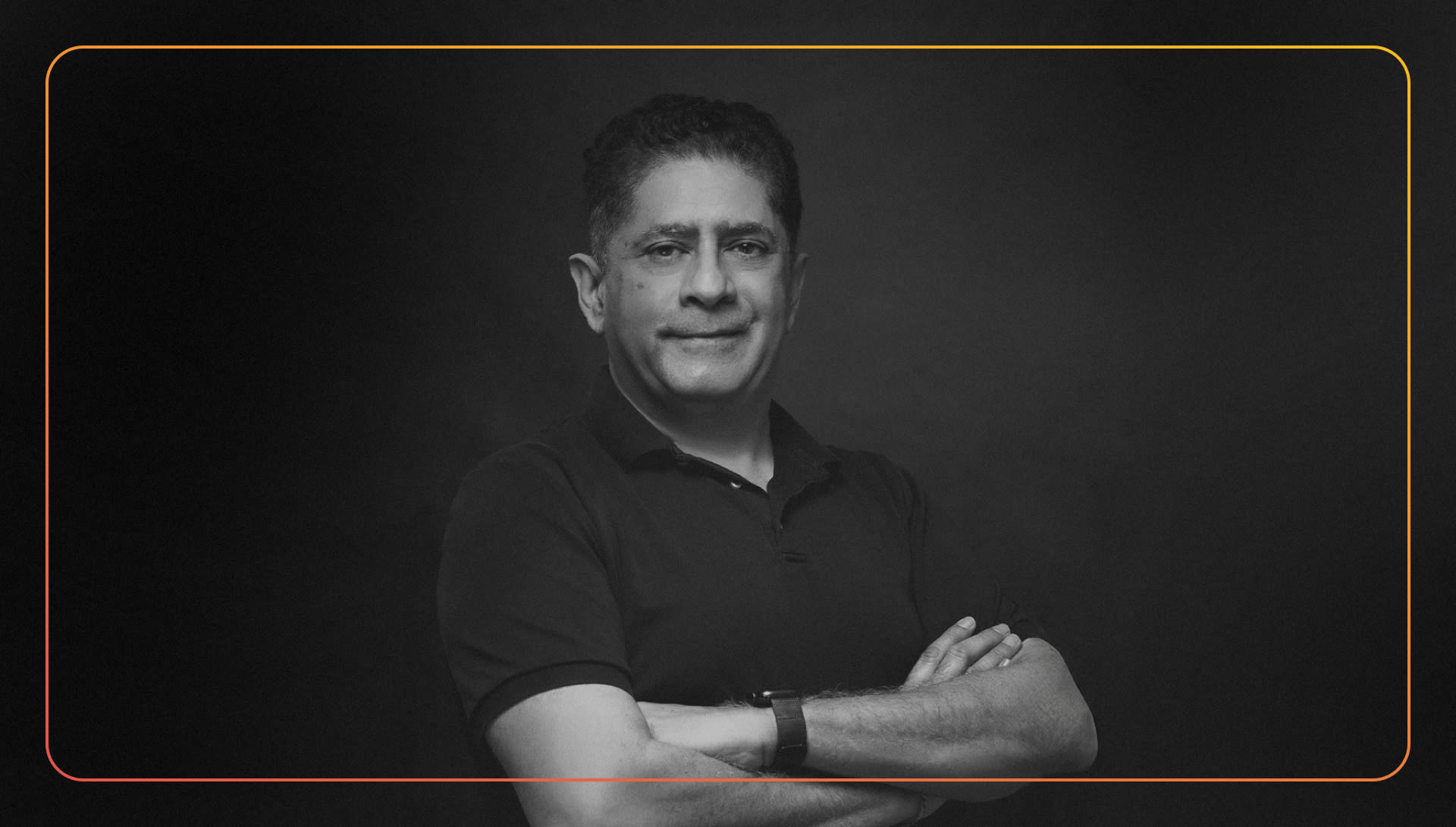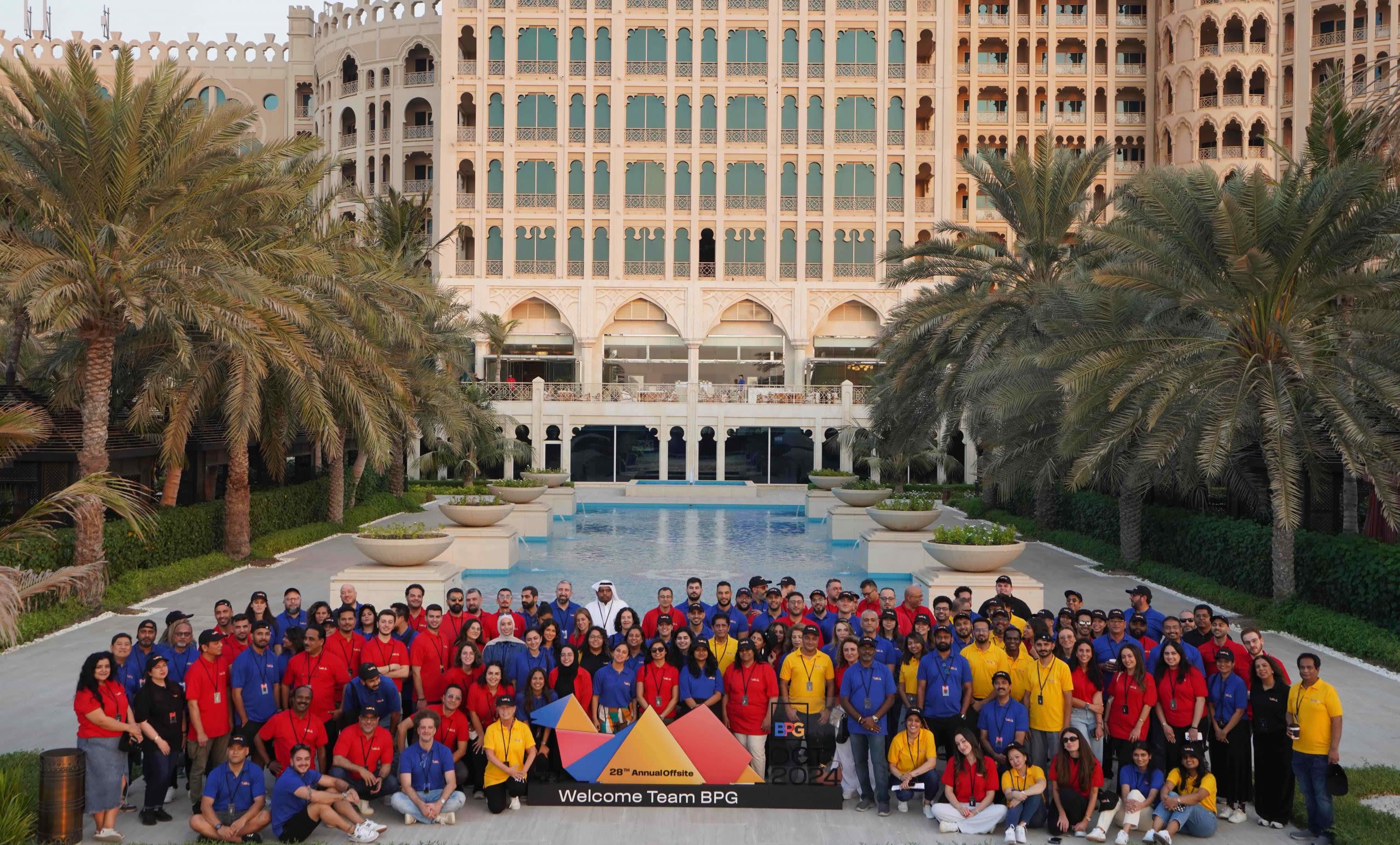Held annually in Cannes, France, the Cannes Lions International Festival of Creativity is the pinnacle of creative excellence in advertising. As a judge at the Cannes Lions 2024, presiding over the Pharma category was both an honour and a profound responsibility.
What makes a piece of work a winner? And more importantly, what can we, as marketers, learn from it?
The key criterion for judging lies in whether the work benefits the customer whilst also enhancing treatment outcomes. This approach ensures that ideas aimed at improving patient care is recognised and valued, regardless of its origin.
This year, the Pharma category showcased exciting product innovations that sparked intense debates. A recurring question in the jury room was: “Is this Pharma work?”.
The line between traditional Pharma companies and tech giants is blurring, as the latter increasingly make significant impacts.
While showcasing innovation is a step in the right direction, it is not enough to make this industry sector stand out in a cluttered marketing space.
To leave a lasting mark, Pharma brands need to break away from the ordinary and introduce something fresh and groundbreaking – by putting inclusive customer experiences at the core. Here is my perspective on a few award entries hit that spot.
A new era of inclusivity
One standout aspect of this year’s submissions was the diverse range of inclusive campaigns. These ranged from providing access to diagnostic testing to addressing racial disparities, facilitating travel for rare disease patients, and closing the gender gap in women’s health.
Inclusivity enriches creative thinking, and creative work, in turn, can enhance inclusivity. By understanding diverse human experiences, we can create deeper connections and drive positive change.
That was the premise of the Bronze Lions winner, ‘Mis[s]diagnosed’, a Middle East campaign from Mullenlowe MENA which exposed and helped close the medical gender data gap by raising awareness of the lesser-known signs of women’s heart attacks.
Customer experience comes first
Beyond medical treatment, there also emerges a growing emphasis on customer experience (CX). Leveraging data, predictive insights, and digital transformation, CX strategies can create exceptional experiences when done right.
The pharmaceutical industry, in particular, benefits from tailored approaches that address both emotional and medical needs. This underscores the growing importance of customer-centric solutions in healthcare.
An example is the Gold Lions winner, “Voice 2 Diabetes” for KVI Brave Fund by Klick Health, Toronto won the Pharma Gold Lions award for its smartphone app that turns voice samples into an equitable life-saving tool.
The app uses AI to detect Type 2 diabetes through subtle vocal changes imperceptible to the human ear, making diabetes screening accessible and affordable to some of the poorest sections of society, in areas where inclusive healthcare is an ongoing challenge. It’s an example of a powerful, creative, and innovative idea, and not just tech for tech’s sake.
Grand prix winner: magnetic stories
Our Grand Prix winner exemplifies storytelling at its best. Healthcare service provider Siemens Healthineers won for its Magnetic Stories campaign. Working with agency Area 23 (part of IPG Health Network), New York, the winning work produced a series of audiobooks for children undergoing MRI scans, transforming a disorientating and frightening medical procedure into an immersive experience.
The stories, meticulously crafted by renowned authors and sound designers, synchronised each sound of the scan with exciting story moments, alleviating fear and enhancing the experience. This work, aptly named Magnetic Stories, is a testament to the power of creativity in directly impacting people’s lives.
So, what can we learn from pharma marketing? Here are my key three takeaways that go beyond healthcare marketing and inspire campaigns across all disciplines:
The transformative power of inclusivity
The breadth of work awarded reflects a positive move towards a commitment to global inclusivity, highlighting how inclusivity enriches creative thinking and collaboration.
By delivering initiatives that target all income brackets, from tackling racial, cultural, age and gender disparities, to understanding diverse human experiences, these all drive positive change and enhances the quality of life for many.
Innovation through creativity
We saw a lot of exciting product innovation work in the Pharma category that is making a significant impact. The key criterion is whether the work benefits the end users and leaves a lasting mark. This approach to innovative creativity is increasingly driving brand-led work in the industry and ensures that innovation comes with purpose.
Begin by identifying a specific gap in service delivery, and then use innovation and creativity to develop an experience or improve the existing experience. Follow this up with a performance review in real-time to measure how customers are engaging.
Rise of the customer experience
The work we saw in the jury room showed how this challenge can be tackled with intelligent customer experience. Beyond medical treatment, the rise of CX involves incorporating data, predictive insights, and digital transformation to create personalised and relevant interactions.
Often, the many complexities of the healthcare industry – from regulatory compliance to privacy, diagnostics, and testing – can make building meaningful connections with patients challenging. But by leveraging CX, it is possible for healthcare providers to understand the customer journey better and deliver tangible benefits.
Overall, the award-winning work we witnessed at Cannes Lions should motivate people to take action, promoting health, saving lives, driving positive change, and advancing the overall healthcare experience.
By embracing innovation, inclusivity, and a customer-centric approach, I believe we can create marketing campaigns that resonate deeply with audiences and foster a better, more connected world.
By Darius Labelle, President, BPG UAE
This article appeared in Campaign Middle East


